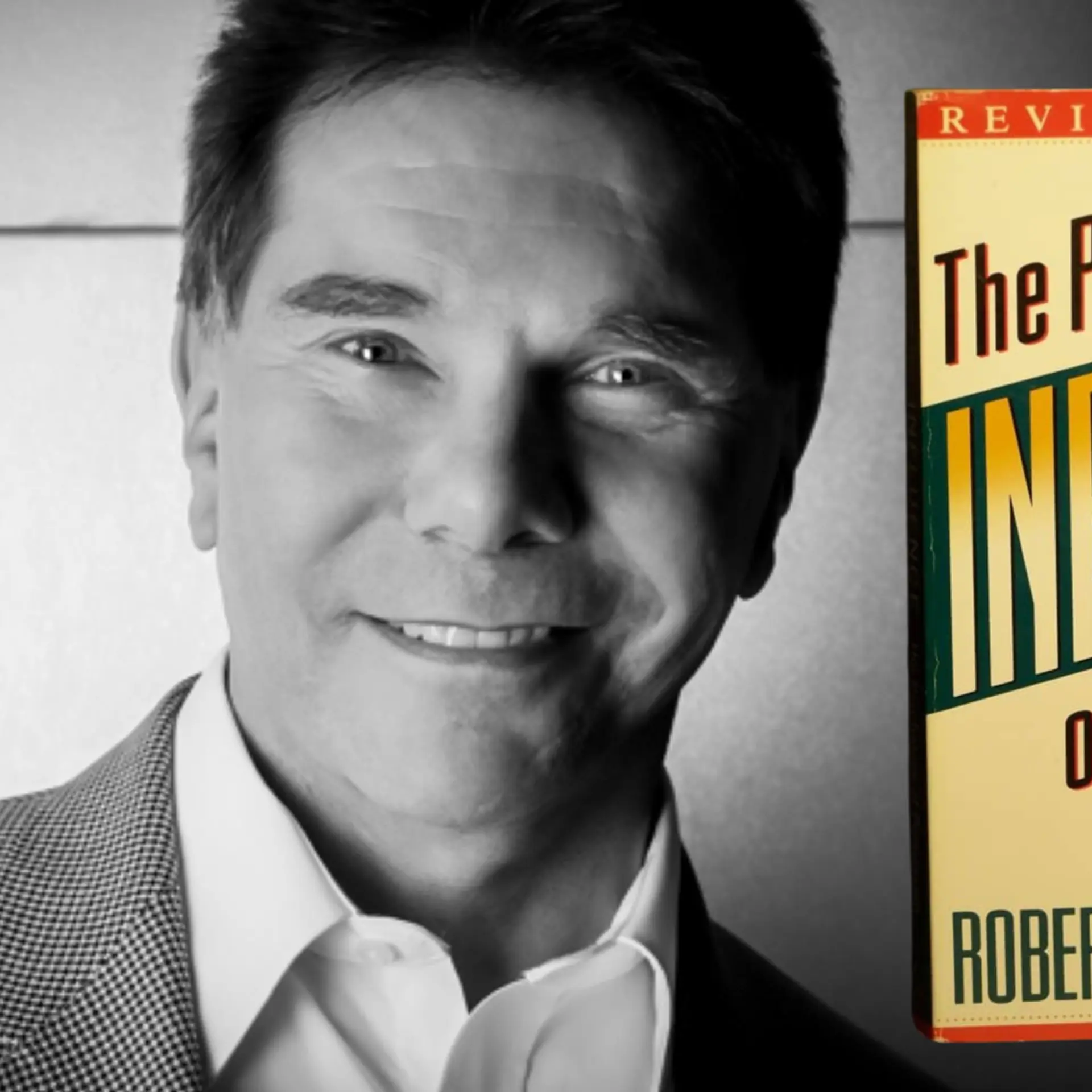From a flash deal website to India’s leading online marketplace, Snapdeal had beaten the odds of a feverishly competitive ecommerce market and rose above a slew of rival companies. In its most recent Diwali sale, Snapdeal recorded a staggering 52 percent rise in sales volume, especially from non-metro towns in India - a significant moment in harnessing the power of the new pan-India ecommerce trend.
The main protagonists of Snapdeal’s success story – Kunal Bahl and Rohit Bansal – started as high school friends and then business partners. Together, they walked away from a merger deal from Flipkart and adopted a strategic focus on the 400 million value-conscious buyers in India.
In the conversation for this episode of GGV Capital's podcast Evolving for the Next Billion, Kunal and Rohit unveil the behind-the-scene story of navigating the battleground of Indian ecommerce, the critical lessons on thriving in the high transaction velocity market, building a lean and focused business, and responding to the specific habits of the local consumers.

Kunal Bahl and Rohit Bansal.
Edited excerpts of the interview:
Hans Tung: With Amazon and Flipkart pouring so many resources and money into the market, how does Snapdeal fit into the picture?
Rohit: Businesses built by other companies are inspired by the US or the western markets, where the audience is much more homogeneous, richer, and buys a certain type of product. However, GDP per capita in India is much lower, and a large number of Indians coming online do not have that (level) of income.
Hence, the goods, the price range, and the user experience of the existing platforms are not very relatable to the local audience. Snapdeal fills this gap by bringing online what users would otherwise purchase offline – products that are value-for-money, of a high-quality selection but not necessarily branded, and delivered in an engaging way.
Unlike the rest, a lot of Indian users are not trying to save time. They’re trying to save money, even if it entails spending more time on a shopping app.
Snapdeal tailors itself to this audience, in a manner that is very engaging and seamless. Users can browse through suggested products even if they don’t know what they’re looking for, and are able to play games on the app to win coupons.
HT: You have made a conscious decision to not be merged with Flipkart. Instead, you launched Snapdeal 2.0 focusing on the value-conscious consumers. Can you walk us through how you made the decision?
Kunal: We believe that Indian ecommerce--in a country with over a billion people of which no more than 100 million have bought a product online--is still in its early stage. Why fold our cards right now?
We saw back in 2017 that there was going to be a flood of ecommerce buyers coming online, and there is no platform that serves the needs. It seemed like something on paper and not many people believed it could be done given the irrational competition that we see in India.
Despite that, I think we just went with a lot of focus and discipline serving the needs of these particular customers with this type of selection, with the type of service, and experience that they wanted. And it seems to be showing quite promising results.
Rohit: The thing that worked really well for us is setting up our entire organisation with a clear focus on serving the needs of these (value-conscious) consumers. We set up our supply chain fulfillment and logistics capabilities in a manner that we can sell products which are $5, $7, and $10 while still making money. Whereas all the other companies that have been set up in India, they’ve set up their logistics in a manner that they can’t profitably sell a $7 item.
HT: You made the most dramatic improvements in the business when you were running out of cash. Most founders tend to believe that in order to make dramatic changes they need capital to help to do that. How are you able to achieve what you did specifically? What are the two or three things that you did to make this transformation possible?
Kunal: Given that we are essentially a marketplace with thousands of categories and more than 200 million listings, we dispassionately looked at the unit economics of each category, each product, each subcategory, unit economics post-fulfillment, and post-marketing, like fully loaded costs of selling, servicing, and order.
If something is sold with negative unit economics in the Indian market, we assess whether it is due to structural inefficiency or other reasons.
Generally, if we felt something could be made more efficient, we seize that opportunity. In situations where we cannot turn a category or a line of products into positive unit economics despite the utmost effort, we just cut them out. This seemed like a very unpopular decision back then.
For instance, smartphones are the largest category by GMV in the Indian market and constitute 60 percent - 70 percent of some platform’s total GMV for months. Nonetheless, we said, “Look, there is no way to make money in this category post all fully loaded expenses of marketing, fulfillment, customer service, etc. Hence, let’s get out of it.” And we would come back into that category when the market cools down or when new brands emerge to work with us on commercial terms.
In response to our decision, a lot of people predicted that customers would stop coming to us because we don’t have this head category.
Contrary to their prediction, consumers started building a much sharper profile of what Snapdeal is: they don’t look at Snapdeal as a place that launches the latest, jazziest smartphone on flash sale. Instead, they see Snapdeal as a dollar store: you come to our platform, you don’t know what to buy; we’ll help you discover some interesting products, and you’ll most likely check out with something in your hands.
As a company, if you are sharply focused on what you do and what you don’t do, the positioning would eventually solidify in the consumer’s mind. In high-transaction velocity businesses, the most amount of money that companies lose is on unit economics because it compounds with the high velocity of orders. So, the number one thing we focused on was just making sure at all levels we are generating positive economics post all expenses.

The second thing we did was that we sold off unprofitable assets and decided to build deep partnerships with third parties who are able to manage businesses, logistics or payments more efficiently than we could. The third thing we did was just making sure that we don’t bloat the team and work in a very lean structure. There are 750 people in our entire company when it is fully loaded, which is by Internet company standards, very lean. The whole company is on one-and-a-half floors in one building and it’s quite incredible. We have not seen an increase in headcount over the last couple of years. It’s stayed in the same zip code despite the fact that orders have grown. As a result, operating leverage kicks in when revenues keep rising while fixed operating costs stay constant. Consequently, your bond goes down materially.
Our philosophy is that for this type of business, you build it by conquering one basis point at a time. There are generally no broad brushstrokes that will suddenly improve your unit economics, grow your business, or make you profitable. We are very focused on small, basic point improvements that, over a period of time, compound into large numbers.
Rohit: In addition, once we decided that this is the kind of business we want to be in, slowly and steadily we started moving everything along that direction. We started focusing on selling value-for-money products, even though our apps still looked like it was built for selling branded products. One piece at a time, we started changing the navigation of our app from the earlier model that focused more on showing categories, brands, banners, and merchandise and shifted incrementally towards showing a more continuous feed of products because that was what our consumers wanted.
A lot more traffic and purchases were happening through ‘Browse’ rather than through ‘Search’, which means that consumers don’t necessarily have an exact idea of what to buy. Hence, on our part, making the navigation easy for consumers to browse products like on a social platform is important.
We also went through a complete change in fulfillment and logistics, because earlier we overemphasised the speed of getting a product to consumers. We later discovered that consumers are happy to wait for days as long as the product is Rs 50 cheaper. So, we changed our fulfillment mix and made sure we’re able to pass all of that savings back to consumers and help them buy more goods from our platform. Overall, I think the major thing that we believe strongly in as a company is that for commerce businesses, the product market is incomplete without an economic fit.
The true test of product-market fit is whether the company is able to sell products to customers in a way that is profitable. Otherwise, there’s no point in being in that category or in that line of business.
HT: How did you guys figure out how to evolve the company and what are some of the lessons or takeaways that you can share with other founders and wannabe founders? How to navigate a company through those kinds of dramatic changes?
Kunal: I think navigating our type of high-transaction velocity, B2C, consumer Internet business is indeed very challenging. The main learning, I would say, is about having a high level of clarity on the goal and making sure you communicate it abundantly and repeatedly to the team. In our company, if you wake up any of our team members at 3 A.M. at night from their sleep and ask them ‘what are the goals of Snapdeal?’ They wouldn’t even hesitate to answer you with our top three quantitative goals. This understanding cascades down from Rohit and me to everyone else in the company.
HT: Do you think Indian startups can expand beyond India’s borders sooner than Chinese companies like Xiaomi and Bytedance did?
Kunal: Yes, I think so. We have started to see two or three Indian companies like Ola and UrbanClap leading international expansion. What would turbocharge the confidence in Indian entrepreneurs to globalise their businesses is the sight of incontrovertible success stories of pioneers. For instance, Amazon and eBay were the pioneers among the US tech companies to go global and they did extremely well. That then charted the course for so many other companies like Uber to rapidly expand outwards. I think India is in the early stage of that process. As we see more successes, more companies would follow suit.
(This podcast is part of GGV's podcast Evolving for the Next Billion that turns the spotlight on local champions and global giants in the fastest-growing markets in the world.)
Tune into this episode of the podcast here:
Hans Tung is a personal investor in Snapdeal.
(Disclaimer: The views and opinions expressed in this article are those of the author and do not necessarily reflect the views of YourStory.)
(Edited by Evelyn Ratnakumar)



![[Podcast] Hans Tung on learnings from the Chinese startup ecosystem](https://images.yourstory.com/cs/2/eab8e5802d6a11e9aa979329348d4c3e/Image87fx1571375820262jpg?fm=png&auto=format&h=100&w=100&crop=entropy&fit=crop)




